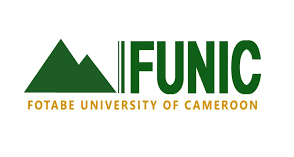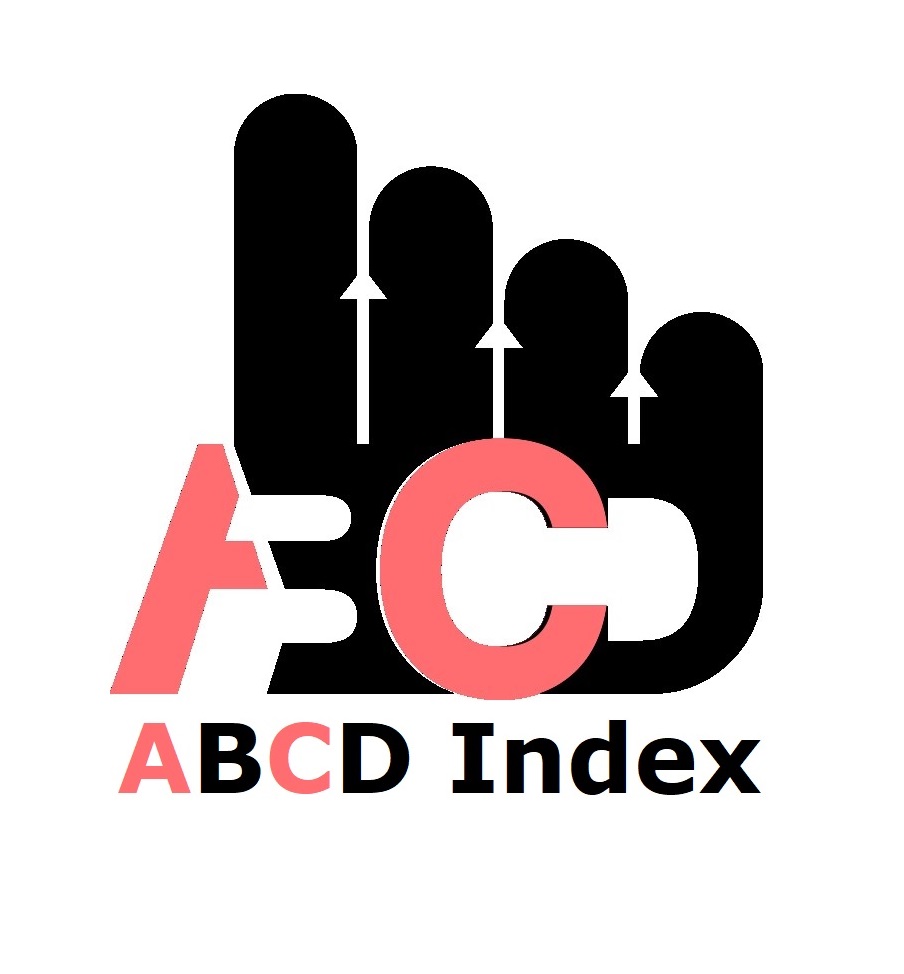Green Human Resource Acquisition Practices as a Determinant of Employee Performance in Developing Countries: Evidence from Public Universities in Western Kenya
Keywords:
Employee Performance, Green Human Resource Acquisition Practices, Public Universities, Developing CountriesAbstract
Many organizations are embracing sustainability initiatives as the global race towards environmental conservation picks momentum. Some organizations in Kenya including public universities, have undertaken green-oriented human resource management practices, including employee acquisition practices as they seek to cope with reduced government financial support for their operations. The role of green human resource acquisition practices on academic staff performance in public universities remains relatively unexplored in Kenya. This study assessed the effect of green human resource acquisition practices on employee performance. Anchored on a positivist philosophy and using the Ability, Motivation and Opportunity Theory, an correlational research design was used to undertake the study on a target population of 438 academic staff holding top and middle level management positions in 11 public universities in the Western region of Kenya. From it, a sample size of 209 respondents was determined using Slovin’s sample determination method. Questionnaires were used to collect data. The collected Data was analyzed using descriptive and inferential statistics where correlation analysis was done using SPSS version 25.0. The results show that green Human Resource Acquisition practices had a strong positive correlation(r=0.702) to the employee’s performance. The research concluded that Human Resource Acquisition practices of recruitment and selection determined employee performance. The study recommends that Public Universities should focus on recruiting and selecting green focused human resources in order to improve employee performance.
Published
How to Cite
Issue
Section
Copyright (c) 2024 Charles Marumbu, Robert K.W. Egessa, Edwin J. Simiyu, Janet N. Manyasi

This work is licensed under a Creative Commons Attribution-NonCommercial 4.0 International License.
Most read articles by the same author(s)
- Charles Marumbu, Prof. Robert K.W. Egessa, Edwin J. Simiyu, Willis Otuya, Efficacy of Green Reward Management Practices on Workers’ Performance: Evidence from Public Universities in Western Kenya , African Journal of Empirical Research: Vol. 5 No. 3 (2024): Jul-Sep 2024
- Elina Imbotio Malietso, Janet N. Manyasi, Evans Kwendo, Continuance Commitment and Employee Performance of Non-Academic Staff in Public Universities in Western Region of Kenya , African Journal of Empirical Research: Vol. 4 No. 2 (2023): Jul-Dec 2023























